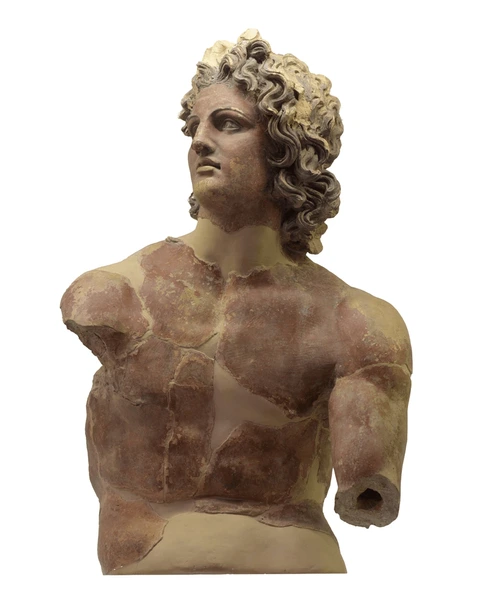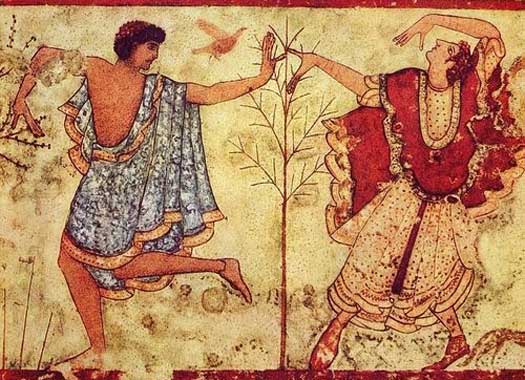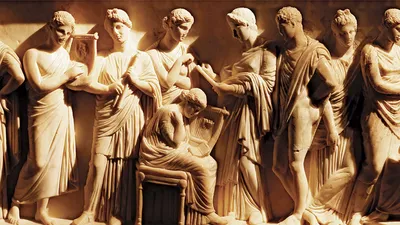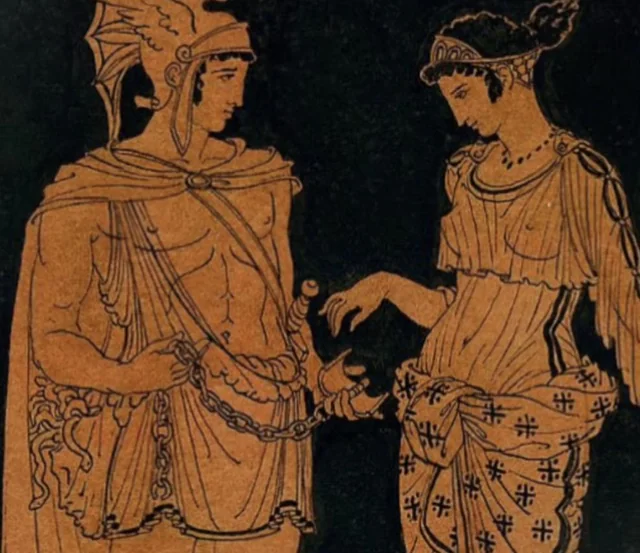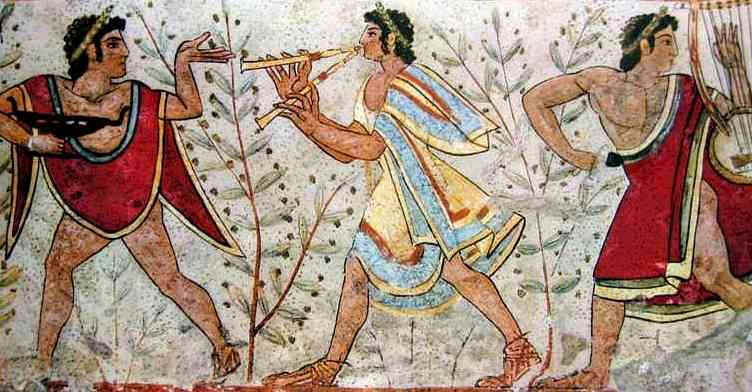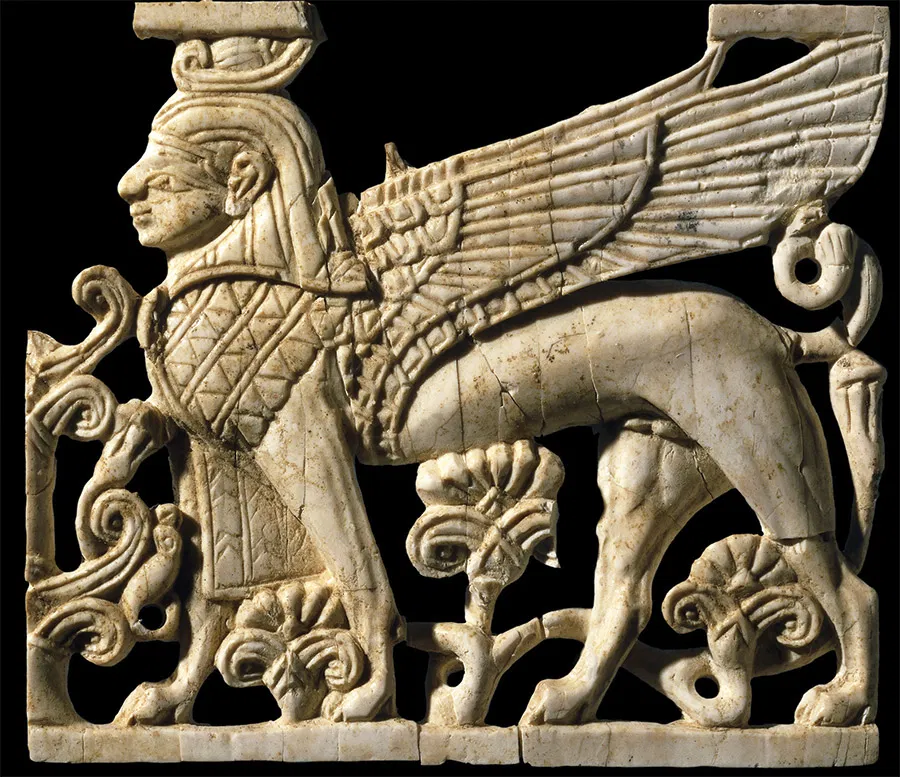Italic Peoples
People of the Italian language
The Italic peoples were an Indo-European ethnolinguistic group identified by their use of Italic languages. The Italics were all the peoples who spoke an idiom belonging to the Italic branch of the Indo-European languages and had settled in the Italian peninsula.
First Italian tribes
The first tribes were the Tuscans. Their culture and politics were more advanced than the Latin or Sabine, who also inhabited central Italy. Tuscan derives from the language of the Etruscan civilization.
The Latino-Falisci
One of the first Italic tribes, the Latino-Falisci, entered Italy across the eastern Alpine, passing into the plain of the Po River about 1200 BC. They settled in the region between the upper Po and the Rubicon rivers, in what was later called Latium (central Lazio), and in central and southern Etruria (Tuscany). They were later followed by the Oscan-speaking Samnites, Sabines, Etruscans, the Greek-speaking Messapii and colonists from south of Italy. They eventually controlled most of these areas.
One of the most powerful forces in Italy
The Latin colony was a tribal confederation of about 30 villages and tribes in the region of Latium near the ancient city of Rome, including that city's immediate surroundings. The term "Latin" is used because it was based on the language spoken by these people – Latin. The league became one of the most powerful forces in central Italy, allied with Rome against its traditional Etruscan neighbors and then against Carthage during the Punic Wars. During its existence, Rome steadily assimilated neighboring communities into its culture by expanding its territory through conquest or peaceful assimilation; this eventually led to Roman dominance in Italy.
